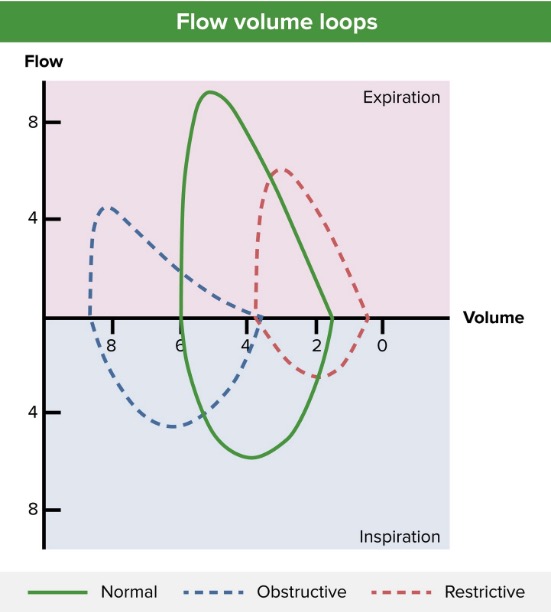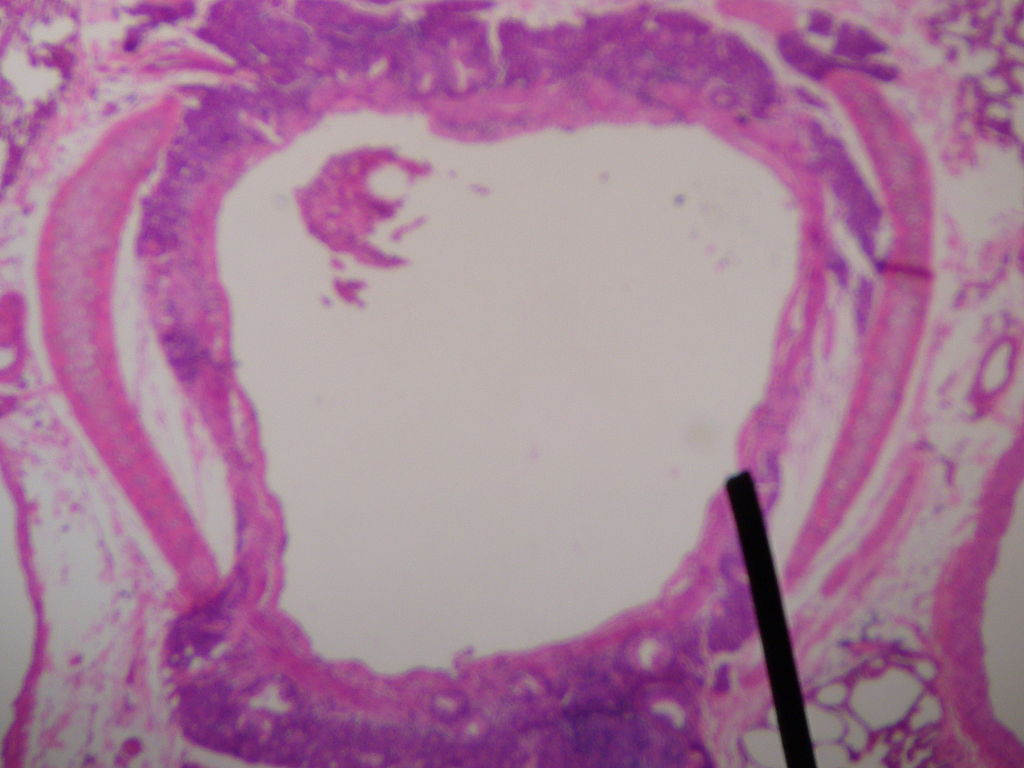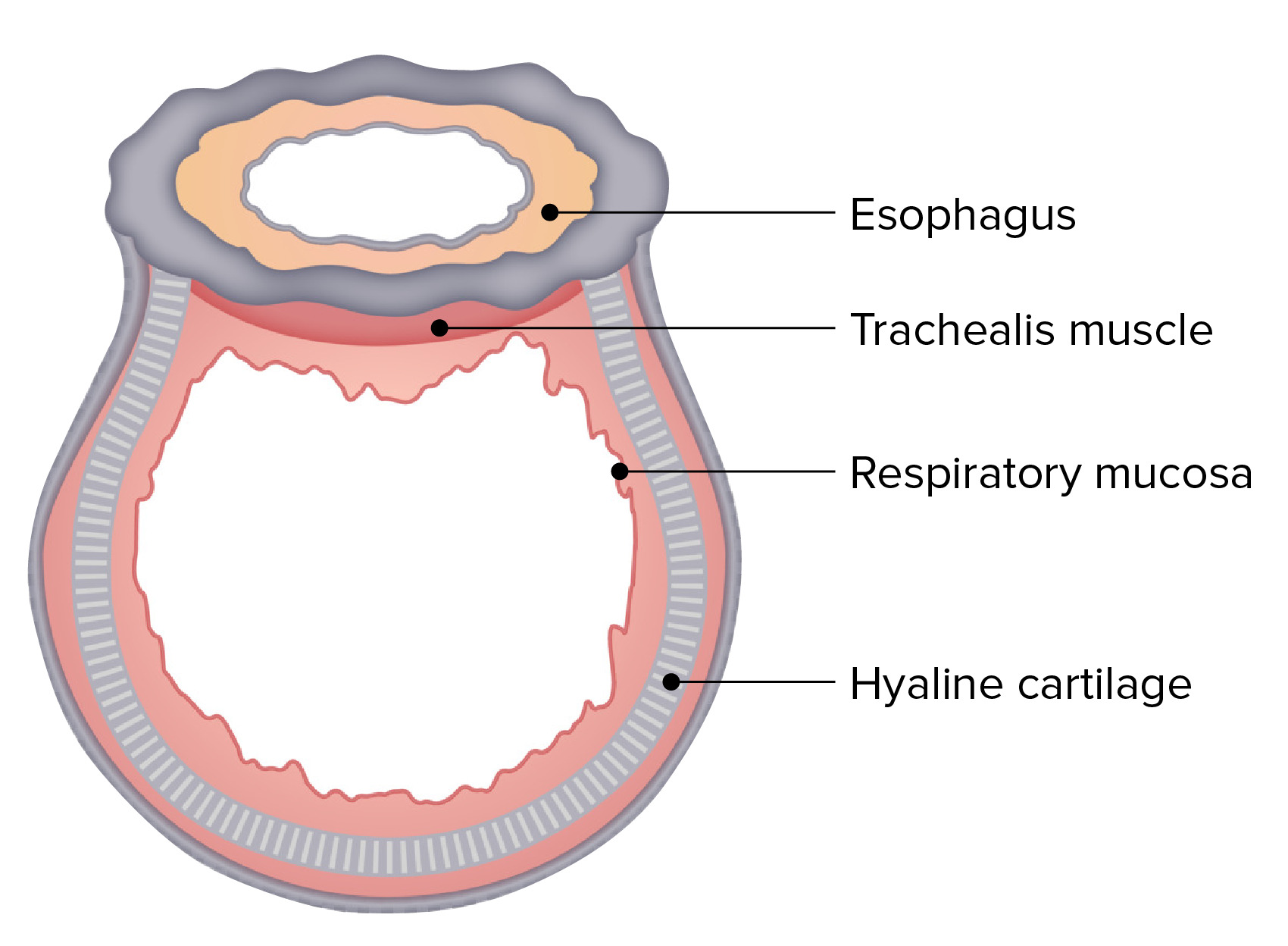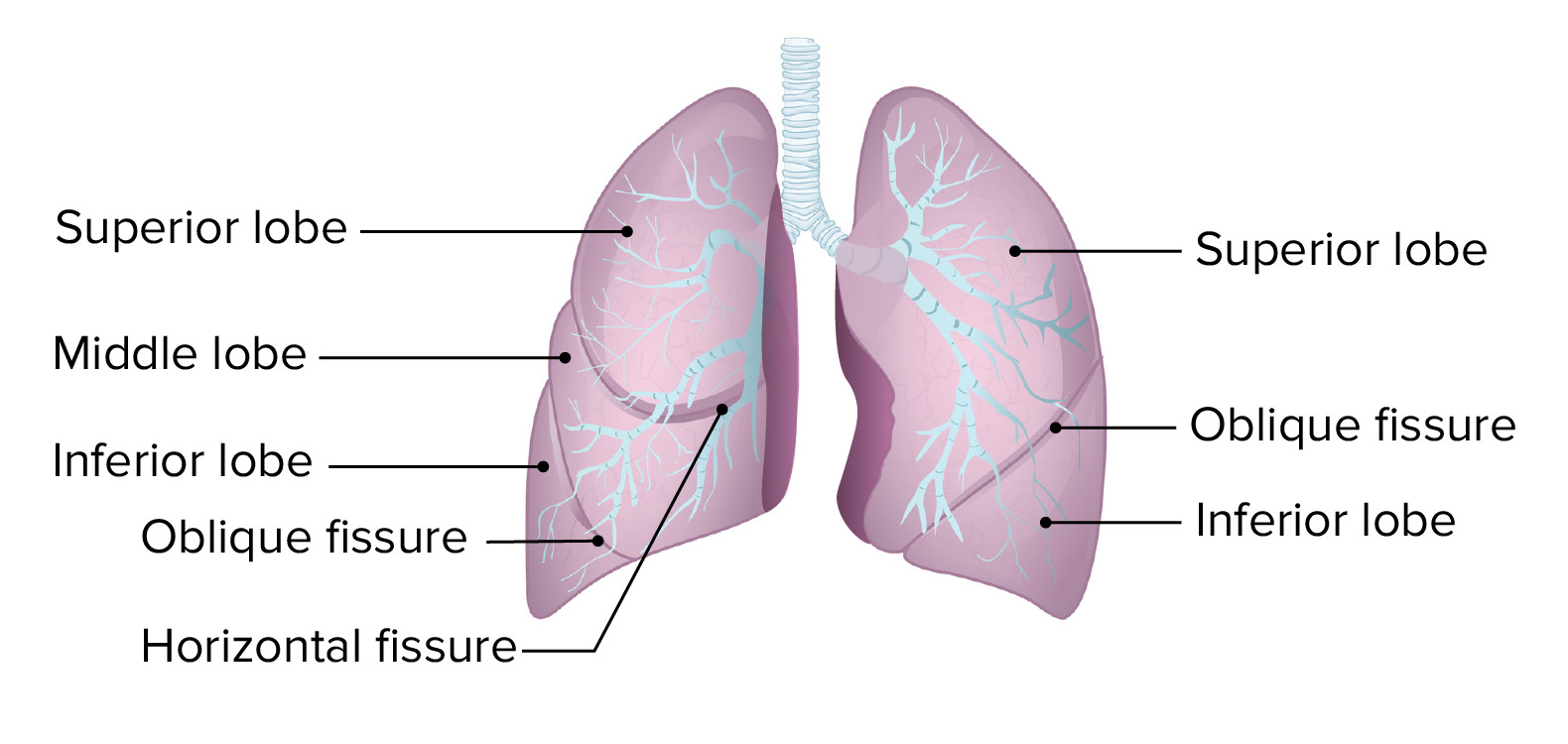Playlist
Show Playlist
Hide Playlist
Asthma: Risk Factors & Prevention
-
Slides ObstructiveLungDisease Asthma RespiratoryPathology.pdf
-
Reference List Pathology.pdf
-
Download Lecture Overview
00:00 What else do you want to do? What about the risk factors? Well, inner cities, what does that mean? Well interesting enough, in our society, we find that those patients that live in inner cities seem to be suffering from exposures resulting in a asthma-type effect. Cockroaches may be in inner cities, hygiene hypothesis and what that basically means is that, well, the more that the patient is exposed to whatever type of allergen early on in life or maybe that theory is, that patient is able to then develop a stronger immunity. However, if the patient lives in a “bubble”, has never been exposed to anything, then at some point later on in life, the theory says medically that these individuals might be then presenting with asthma-like symptoms. Increased antibiotics, so these are all question marks but nonetheless extremely important when dealing with such populations, exposure. 01:00 Seen most commonly in people with allergies this is atopy, and by atopy, well, eczema comes to mind. Atopic eczema that weeping, crusting type of lesion that you’d find on your skin, that type of itchiness and well “extrinsic” asthma, extremely common. Remember, asthma, two classifications from immunology. Intrinsic or extrinsic. The extrinsic is atopic asthma clinically and this then means to, this means exposure. 01:32 Along with this look for a patient that has skin rashes referring to eczema. Intrinsic, what does that mean? Well, this is less common; more common in adults and this type of non-allergic more common in those that present later on in life and maybe associated with obesity. 01:52 Maybe this patient has been exercising or maybe cold-induced type of “asthma”. Intrinsic, within the body. Extrinsic is, atopic type of asthma. 02:05 What else? Well let’s talk more about these triggers and exposures with atopy. Birds, lab animals, we have glues, metals and such. Worse in the evening better in the morning. 02:16 “Monday morning” asthma, after being symptom-free over the weekend. So, a lot of times these individuals during their work week might be working in a factory that is dealing with lab animals or whatnot. And during this time, well they have asthma-like symptoms and then during the weekend they’re away from this but then in the morning on Monday when they wake up they’re not feeling the best but this is Monday morning asthma after being symptom-free over the weekend. Understand what this means clinically. Remember every single clinical vignette that you get is a patient that is speaking to you. So you speak their language and then you have to speak the language of the doctor. Put all these together and you’ll be in good shape. 02:55 What else? Avoid triggers. Some more allergens, smoking, occupational exposures, aspirin. 03:02 Influenza vaccine for all, pneumovax for those with severe disease. So overall when you’re dealing with patients with asthma, influenza vaccine. Some role in selected patients for treating post-nasal drip or GERD that might be exacerbating that asthma. 03:20 So, if your patient is suffering from asthma and they also have gastro-oesophageal reflux disease, often times they will present with coughing. And so therefore, this is something that you want to keep in mind as well. Pay attention to GERD and also post-nasal drip.
About the Lecture
The lecture Asthma: Risk Factors & Prevention by Carlo Raj, MD is from the course Obstructive Lung Disease: Basic Principles with Carlo Raj.
Included Quiz Questions
Which of the following is not true about asthma?
- Decreased prevalence in inner cities.
- Associated with allergy.
- Eczema is associated with extrinsic asthma.
- Non-allergic asthma presents later in life.
- Associated with obesity.
Which of the following statements is correct about the hygiene hypothesis?
- Lack of exposure to antigens early on in life leads to an increased susceptibility to develop asthma-like symptoms in later life.
- Exposure to antigens early on in life leads to an increased susceptibility to develop asthma-like symptoms in later life.
- Lack of exposure to antigens early on in life decreases the risk of developing asthma-like symptoms in later life.
- Lack of exposure to antigens early on in life leads to an increased susceptibility to develop carcinoma in later life.
- Lack of exposure to antibodies early on in life leads to an increased susceptibility to develop asthma-like symptoms in later life.
Which of the following statements is false?
- Intrinsic asthma is commonly seen in anorexia nervosa.
- Extrinsic asthma is associated with allergies.
- Eczema is most commonly seen in extrinsic asthma.
- Non-allergic asthma presents later in life.
- Intrinsic asthma is commonly seen in obesity.
Which of the following should be considered in the differential workup of asthma?
- Post-nasal drip and GERD
- Post-streptococcal glomerulonephritis
- Pneumococcal agent
- Gastroparesis
- Gilbert's syndrome
Customer reviews
5,0 of 5 stars
| 5 Stars |
|
1 |
| 4 Stars |
|
0 |
| 3 Stars |
|
0 |
| 2 Stars |
|
0 |
| 1 Star |
|
0 |
Another great video that provided information is exceptionally accurate, precise, and relevant.







